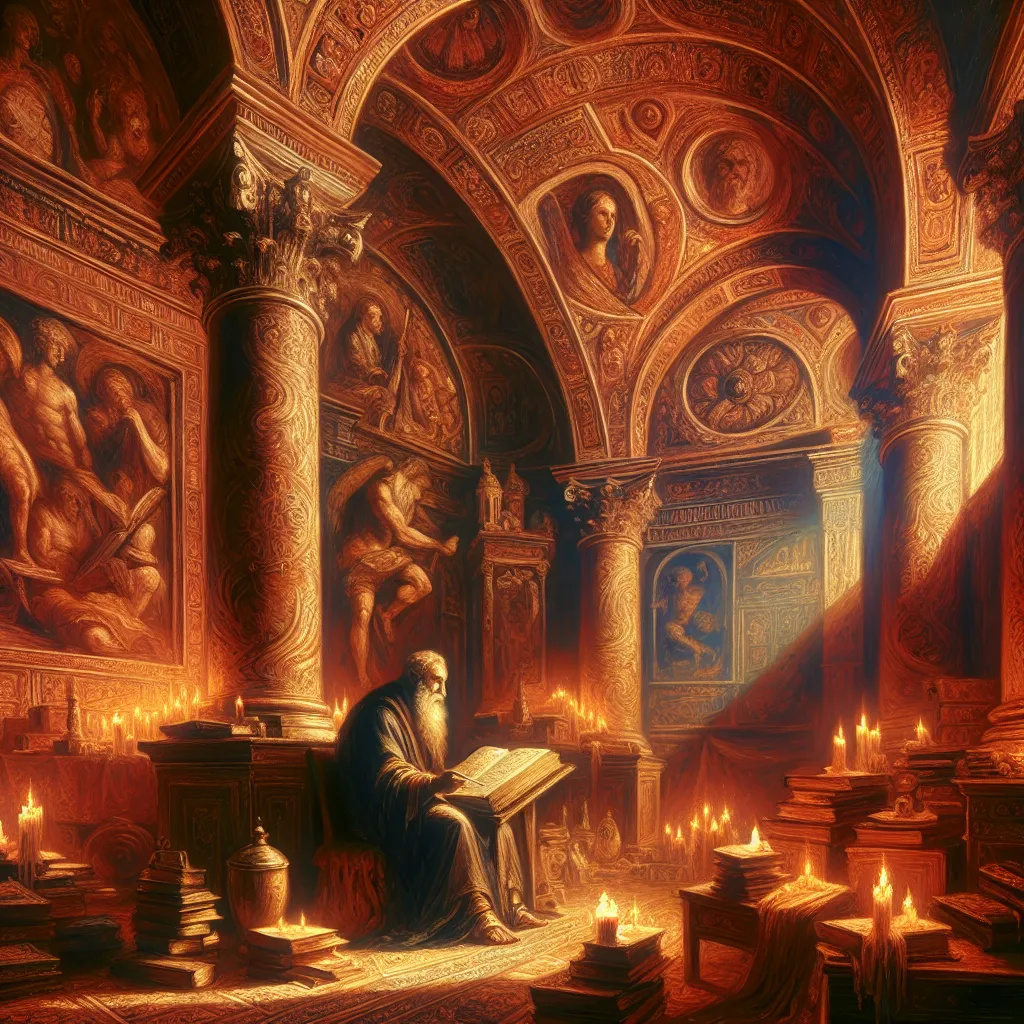
- Published on
- Authors

- Name
- You
The Zohar: Unveiling the Mysteries of the Foundational Kabbalistic Text
Introduction
The Zohar, often regarded as the cornerstone of Kabbalistic tradition, is a work shrouded in mystique and profound wisdom. Encompassing a rich tapestry of spiritual insights, esoteric teachings, and allegorical narratives, the Zohar offers a path to deeper spiritual enlightenment. This article delves into the origins of the Zohar, its core teachings, and its perpetual impact on the mystical tradition of Kabbalah.
Origins of the Zohar
Historical Context
The Zohar emerged in the 13th century Spain under the compilation attributed to the Jewish mystic, Rabbi Moses de León. However, the text itself claims divine inspiration dating back to the 2nd century CE, linked to the prominent sage, Rabbi Shimon bar Yochai.
Layers of Authorship
| Authorship | Period | Significance |
|---|---|---|
| Rabbi Shimon bar Yochai | 2nd century CE | Original mystical teachings and visions |
| Rabbi Moses de León | 13th century | Compilation and expansion |
| Continuous influences | Following centuries | Interpretations by successive Kabbalists |
Key Teachings of the Zohar
The Nature of the Divine
One of the Zohar’s primary concerns is to elucidate the nature of the Divine. It introduces the concept of the Ein Sof (The Infinite), which is the unknowable, limitless aspect of God.
Sefirot: The Tree of Life
The Zohar describes the Sefirot, ten attributes through which the Infinite reveals itself and continuously creates both the physical and metaphysical realms. The Sefirot are as follows:
| Sefirot | Description |
|---|---|
| Keter | Crown - Divine Will |
| Chokhmah | Wisdom |
| Binah | Understanding |
| Chesed | Kindness |
| Gevurah | Severity/Strength |
| Tiferet | Beauty/Harmony |
| Netzach | Eternity/Victory |
| Hod | Glory |
| Yesod | Foundation |
| Malkhut | Kingdom - Manifestation in the Physical World |
Cosmic Symbolism
The Zohar employs rich symbolic language, often through parables and metaphors, which convey manifold layers of meanings and connections to the cosmos. These narratives guide seekers on a journey to uncover deeper spiritual truths.
Significance and Legacy
Continuing Influence
The Zohar has profoundly influenced not only Jewish mysticism but also Christian and Hermetic traditions. Its mystical theology and cosmology echo through various esoteric schools of thought, inspiring movements such as the Renaissance Kabbalah and the Golden Dawn.
Modern Interpretations
Contemporary scholars and mystics continue to study and reinterpret the Zohar, making it accessible to a broader audience while ensuring the preservation of its profound mystical truths.
Conclusion
The Zohar stands as a monumental work within the vast landscape of mystical literature. Its exploration of divine intricacies and the hidden structures of the universe offers an inexhaustible well of knowledge for those on the spiritual path. In unraveling its mysteries, one can find not only a deeper connection to the divine but also a clearer understanding of the cosmos and our place within it.
May the light of the Zohar illuminate your path and guide you towards wisdom and enlightenment.
Feel free to delve further into the intricacies of the Zohar and immerse yourself in the perennial mystical wisdom that continues to captivate and enlighten seekers across the ages.
